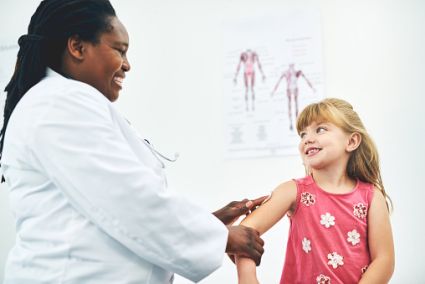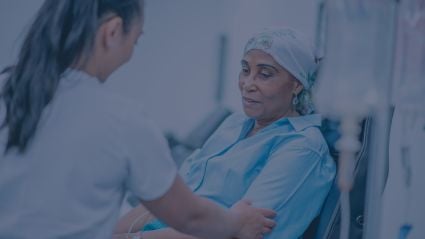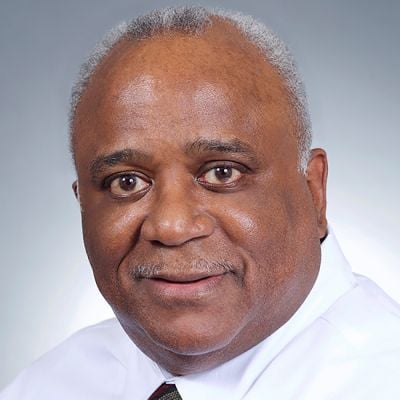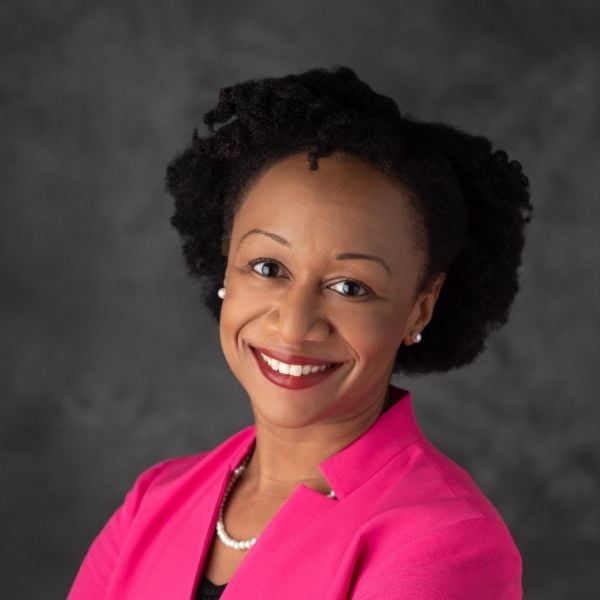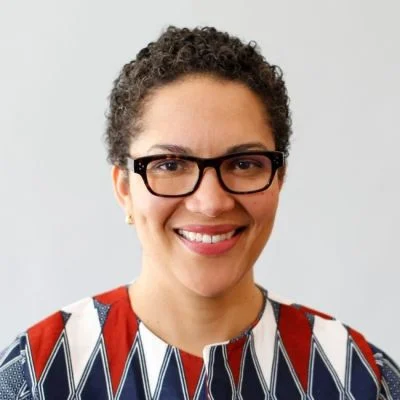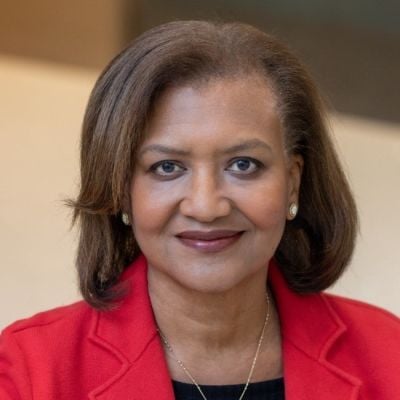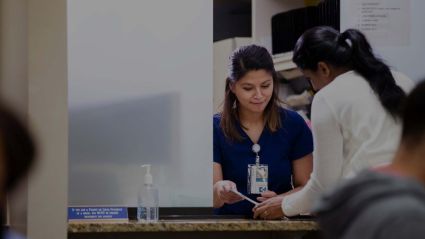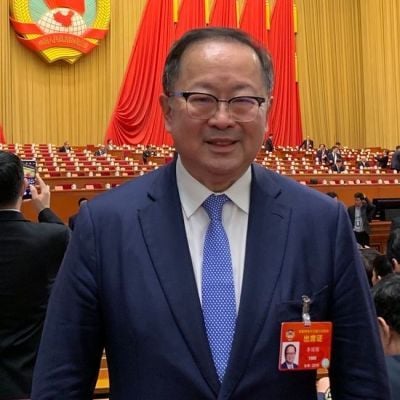Our country is currently in the midst of two public health emergencies. The first one is clear to all of us, as the COVID-19 pandemic has had a widespread impact across our nation like few other events in our history.
The second public health emergency has actually been going on for much longer, but because of its intersection with the COVID-19 pandemic, it has now received much more attention than ever before. Medical professionals and public health officials have been working for many years to address disparities in the health-care system that impact racial and ethnic minorities. For example, the Centers for Disease Control and Prevention (CDC) reports that young Black Americans are dealing with diseases more common at older ages, such as high blood pressure, diabetes, and stroke. Hispanic and Latino Americans have a 50 percent chance of developing type 2 diabetes.
We are now seeing this issue magnified in real time through the spread of COVID-19. Black and brown communities across the United States show more significant effects from COVID-19 compared with other demographic groups. We see this in greater financial impacts, higher rates of infection, or higher rates of death. When age is taken into account, the death rate for Black Americans is 3.6 times that of whites, and Hispanics' is 2.5 times higher, according to recent research from the Brookings Institution.
Even though it is incredibly daunting to be dealing with two public health emergencies at the same time, it also provides us with a unique opportunity to develop solutions that can influence the health of our communities.
In order to solve both of these public health emergencies, we need to take immediate actions to help prevent the continued spread of COVID-19 in underserved communities and make longer-term changes that address social determinants of health and reduce the disproportionate impact of chronic health conditions on minority groups.
Since the COVID-19 pandemic reached the US, CVS Health has been working nonstop to increase access to COVID-19 testing. Our more than 1,800 testing sites at our retail locations reflect our company’s presence in diverse communities across the country. Nearly 60 percent of these CVS Pharmacy drive-thru test sites serve communities with a significant need for support, as measured by the CDC Social Vulnerability Index.
Despite these efforts, we realized that we needed to do more to reach those individuals who needed the most help. In collaboration with the US Department of Health and Human Services, we launched community-based testing sites in underserved communities across the country, including in California, Georgia, Texas, and several other states. Working with our community partners and accommodating walk-up testing—including free clinics and community colleges—is an important part of our comprehensive strategy to increase access to COVID-19 testing.
While increasing access to testing will be a crucial element to reducing the spread of COVID-19, we also need to make structural changes to address racial inequality and disparities in health care. With that in mind, CVS Health announced in July that we will invest nearly $600 million over five years to advance initiatives that address inequality faced by Black people and other disenfranchised communities. Because we know that our health is impacted greatly by factors outside of the clinical care we receive, many of these programs take place outside of a doctor’s office. Moving forward, we will:
-
Continue to make significant investments in affordable housing, which can promote individual and community health improvement. Our investments made in 2019 helped to create more than 2,200 affordable homes with supportive services for individuals and families across 24 cities in six states.
-
Expand our Project Health campaign, which provides free health and wellness screenings to at-risk populations. Since it was founded in 2006, Project Health has delivered more than $127 million in free health-care services to nearly 1.7 million Americans.
-
Build on workforce initiatives that include highly successful partnerships with community organizations to provide employment services and training to underserved communities.
Even though it is incredibly daunting to be dealing with two public health emergencies at the same time, it also provides us with a unique opportunity to develop solutions that can influence the health of our communities in an important and sustainable way. Through our collaborative work across the health-care system, we will not only help stem the tide of COVID-19, but can also address the root causes of systemic inequalities and barriers, helping to combat the health inequities that have plagued our underserved communities for many years.

